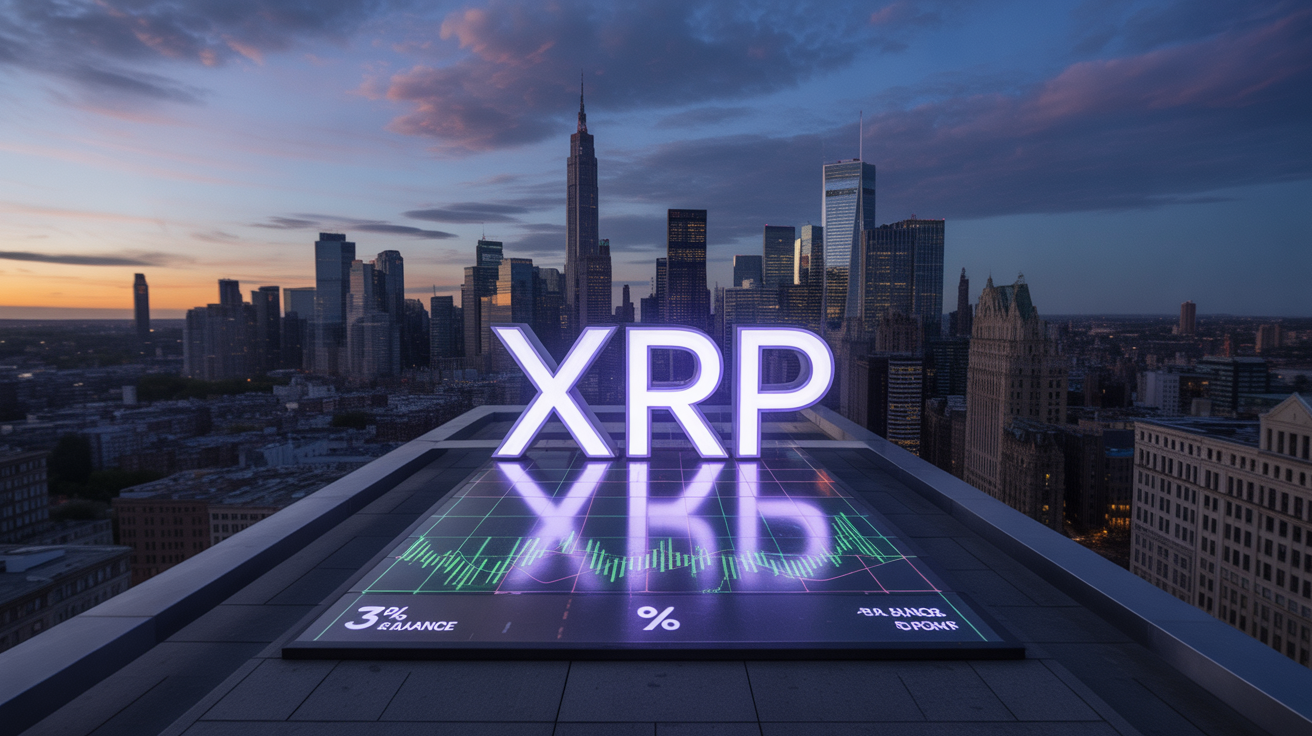Visa Rebrands DeFi as “Onchain Finance,” Eyes Infrastructure Role in $670B Stablecoin Credit Market
Visa is redefining decentralized finance with a new term — “onchain finance” — and a clear goal: to build the underlying infrastructure that connects traditional financial institutions to blockchain-based lending markets.
In its latest report, “Stablecoins Beyond Payments: The Onchain Lending Opportunity,” the payments giant outlines how banks, funds, and credit platforms could plug into decentralized lending through Visa’s compliance and data infrastructure. The company’s rebranding effort seeks to position onchain lending as institutionally compatible under the GENIUS Act era, moving beyond the experimental image of DeFi.
According to the report, the onchain finance sector has issued more than $670 billion in stablecoin loans since 2020, marking a significant evolution from stablecoins’ origins as simple trading tools to the backbone of automated credit markets that run 24/7.
Visa envisions a system where it provides APIs, analytics, and settlement rails — not direct loans or tokens — while institutions act as liquidity providers. The strategy mirrors its long-standing role in payments: owning the pipes that power transactions without taking balance-sheet risk.
The report highlights several examples already demonstrating onchain credit at scale: Morpho, which connects institutional wallets for collateralized stablecoin loans; Credit Coop, a Visa partner using smart contracts to split merchant receivables; and Huma Finance, which automates cross-border working-capital lending.
Visa’s message is clear — decentralized lending is entering a new phase, and it wants to be the trusted intermediary bridging banks and blockchain. Just as it built the rails for global card payments, Visa now aims to lay the foundation for programmable, onchain credit markets.












